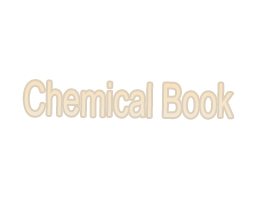| Product name | Clothianidin |
| CAS | 210880-92-5 |
| MF | C6H8ClN5O2S |
| MW | 249.67 |
| Melting point | 178.8 °C |
| Boiling point | 412.5±55.0 °C(Predicted) |
| Storage | 0-6°C |
| Packing | 1kg/bag,25kg/drum |
| Payment terms | BTC,Western Union,Paypal,Money gram |
Clothianidin is an organic compound with a molecular formula of C6H8ClN5O2S. Clothianidin is a kind of insecticide in the neonicotinoids, a new type of insecticide with high efficiency, safety and high selectivity. Its effect is similar to that of nicotinic acetylcholine receptors, and it has contact killing, stomach poisoning and systemic activity. . It is mainly used to control aphids, leafhoppers, thrips, planthoppers and other Hemiptera, Coleoptera, Diptera and certain Lepidoptera insecticides on rice, vegetables, fruit trees and other crops. It has high efficiency, Broad-spectrum, low dosage, low toxicity, long-lasting effect, no harm to crops, safe use, no cross-resistance to conventional pesticides, etc. It has excellent systemic and osmotic effects and is a substitute for highly toxic organic Another variety of phosphorus pesticides. Its structure is novel and special, and its performance is better than traditional nicotinic insecticides. It may become a worldwide large-scale insecticide species.
The neonicotinoid insecticide clothianidin is jointly developed by Bayer and Takeda in Japan for the global market. This variety has been used in rice, fruit trees, tea, turf and ornamental crops in Japan. Clothianidin is another nicotinic insecticide discovered by Takeda Company following nitenpyram. It belongs to the second generation. Compared with the first generation of nitenpyram, the main differences in its molecular structure are as follows: The chlorothiazole group replaces the pyridine group; the second is to replace the nitromethylene moiety with nitroimine. The methyl group at position 5 improves the activity against piercing insects. The 2-chloro-5-thiazolyl heterocycle has a higher effect on the pests of chewing mouthparts.

 China
China







